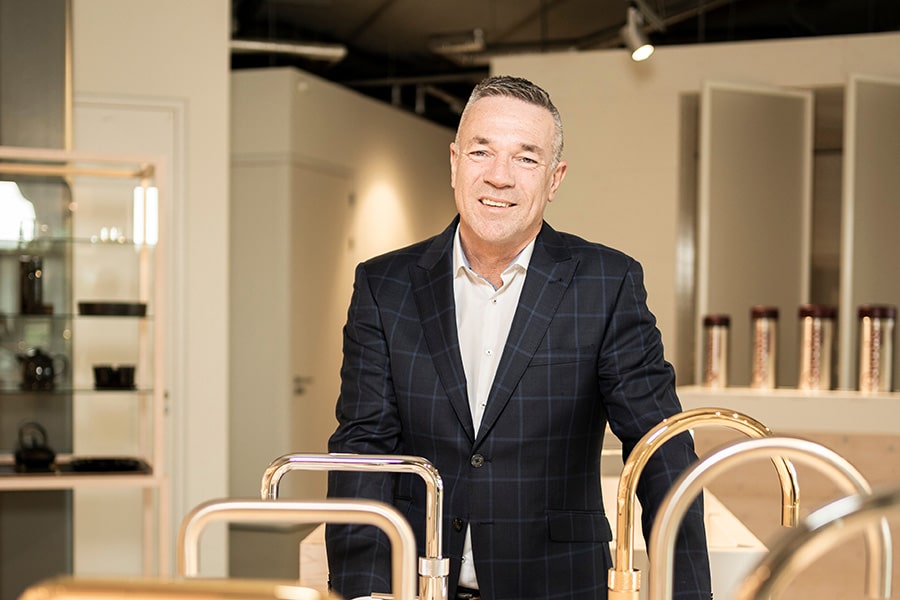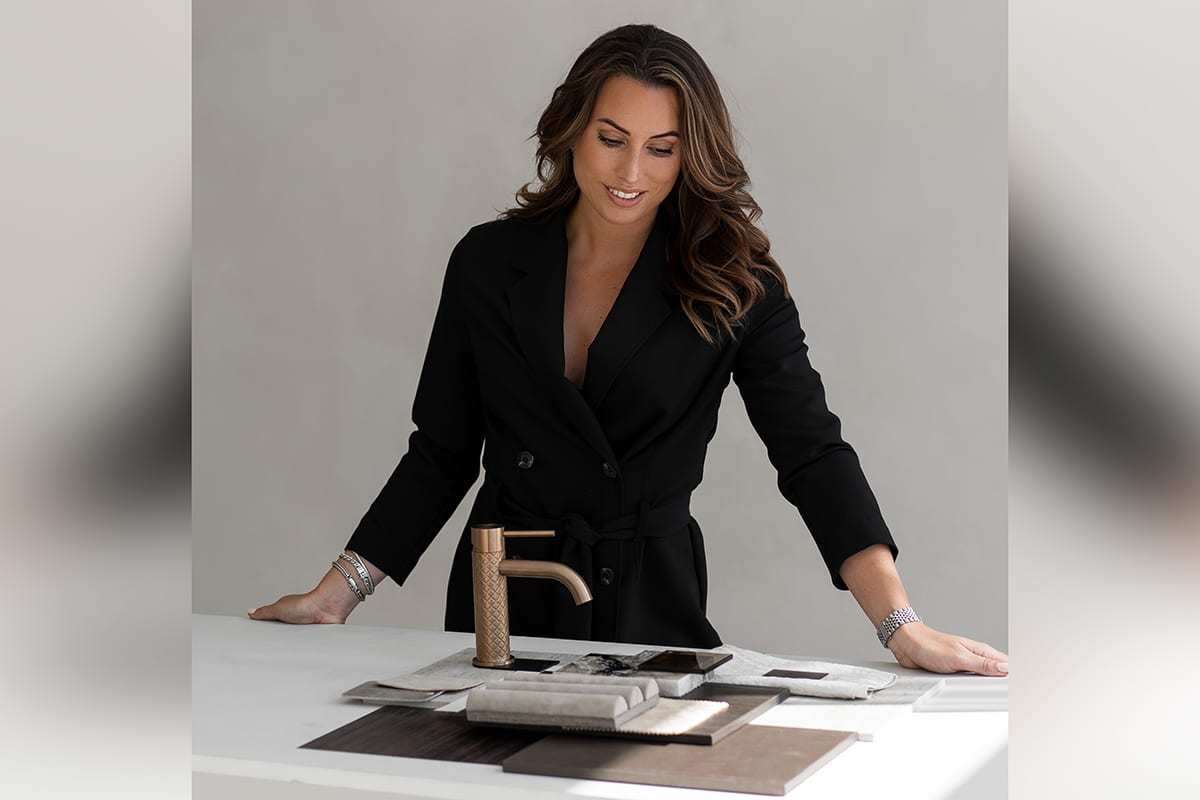
Sjaak Smit: Why I advise architects to reconsider hot water pipe to kitchen
As account manager for housing projects, I talk to developers, installers and architects every day. What strikes me is that the way we bring hot water to the kitchen often still follows traditional patterns. Even in gas-free new homes I see hot water pipes of several meters, sometimes dozens, laid towards the kitchen. That seems logical - until you start calculating, technically and energetically.
The Quooker COMBI tank offers an interesting alternative here. Connected to only the cold water pipe, the system delivers hot - and if desired also boiling - water directly into the kitchen. So no hot water line from the central storage tank or heat pump boiler is needed anymore. This not only provides design freedom, but also prevents water and energy waste by not wasting gallons of precious drinking water while waiting for hot water.
In the context of BENG requirements and the NTA 8800, this system also offers measurable benefits.
With its low standby consumption (only 10W) and its capacity of 27 liters of hot water at 40°C, the COMBI tank is a recognized, energy-efficient solution that contributes to the home's energy performance. It can easily be included in the calculations - something I am increasingly receiving questions about in practice from consultants and design teams.
What I want to give architects is this: by saying goodbye to the hot water line when designing the kitchen, you create more flexibility and increase the value of the home.
Because let's face it - the demand for a Quooker system is coming anyway. In many cases, residents later install them themselves. As an architect or developer, why not anticipate that moment and include the system as a valuable upgrade from the start?




